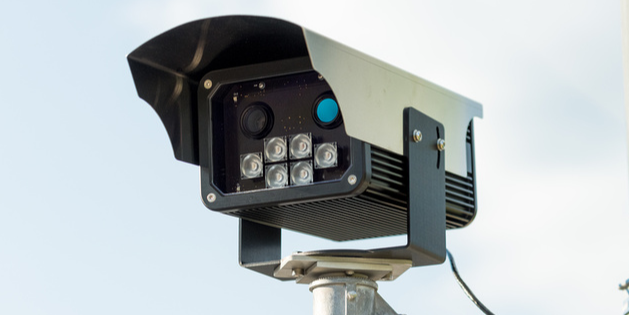Driving Forward: How AI and Machine Learning are Revolutionizing License Plate Reader Technology
In our fast-paced world, ensuring safety and security while maintaining efficiency is a top priority for many industries. Enter the realm of license plate reader (LPR) technology, a fascinating intersection of artificial intelligence (AI) and machine learning (ML) that is driving significant advancements in public safety, traffic management, and law enforcement. This blog post delves into how AI and ML are enhancing LPR systems, making them more accurate and efficient than ever before.
A New Era of License Plate Recognition
License plate readers have been around for a while, primarily assisting in toll collection, parking management, and law enforcement. Traditional LPR systems rely heavily on optical character recognition (OCR) to capture and interpret license plates. While effective to a degree, some systems face challenges with poor lighting, adverse weather conditions, and damaged or obscured plates.
With AI and machine learning stepping into the picture, LPR technology has experienced a leap forward and Leonardo has lead the charge. These advanced technologies enable systems to not only read but also understand and learn from data, adapting to new patterns and anomalies. Imagine a system that can recognize a license plate even when it's smeared with dirt or slightly obscured. That's the magic AI and machine learning bring to the table.
Learning by Example: How Neural Networks Enhance LPR Systems
At the heart of this technological marvel are neural networks—computational models inspired by the way human brains work. These networks learn by example, processing vast amounts of data to recognize intricate patterns and details. In the context of LPR, neural networks are trained using thousands of vehicle images to identify and classify license plates, effectively teaching the system to see what might be missed by the human eye.
A neural network deployed within an LPR system processes image data through multiple layers, each layer extracting different features. The initial layers might focus on basic shapes and edges, while deeper layers zero in on more complex patterns, like the specific fonts used in state license plates. This layered approach allows the system to become exceptionally proficient at identifying plates, even when faced with challenging conditions.
Adapting to Change: Learning New State Protocols
One significant advantage of integrating AI into LPR technology is its adaptability. States frequently update their license plate designs, adding new features or changing the layout entirely. For a traditional system, this would mean extensive reprogramming. However, an AI-powered system can learn new protocols relatively quickly by analyzing updated data sets.
For instance, when a state introduces a new design, the neural network can be retrained with images of the new plates. Through continuous learning, the system refines its understanding and improves its accuracy in recognizing the latest protocols. This adaptability ensures that LPR systems remain relevant and effective, regardless of design changes.
Blurred Lines: Inference Beyond the Visible
A standout feature of AI-enhanced LPR systems is their ability to infer correct plate reads even when the plates are blurred or partially obscured. Traditional systems may falter under such conditions, leading to inaccuracies or missed identifications. However, AI and ML algorithms are adept at filling in the gaps, much like humans deducing a word in a sentence even if some letters are missing.
The neural network leverages context and pattern recognition to make educated guesses. For instance, if the first few letters of a plate are visible, the system can infer potential matches based on its database and historical data, significantly improving the likelihood of a correct read. This capability is particularly useful in real-time scenarios where quick and accurate identification is critical.
The Road Ahead
While AI and machine learning have undeniably transformed license plate reader technology, their full potential is yet to be realized. As these technologies continue to evolve, we can expect even greater accuracy, efficiency, and adaptability in LPR systems, ultimately enhancing safety and convenience across various sectors.
In conclusion, AI and ML are not just buzzwords; they represent tangible, innovative improvements to an essential technology. While not necessarily a must-have for everyone, these advancements in LPR systems offer intriguing insights into how AI and ML can be harnessed to solve real-world challenges efficiently. As we drive into the future, the smart application of these technologies promises to make our roads safer and our lives a little easier.
Want to know more? Talk with an LPR specialist today.

